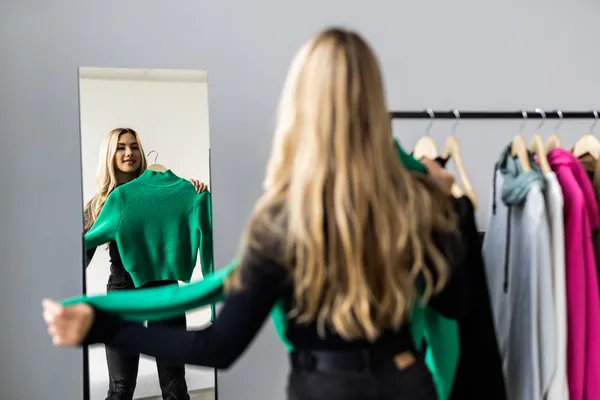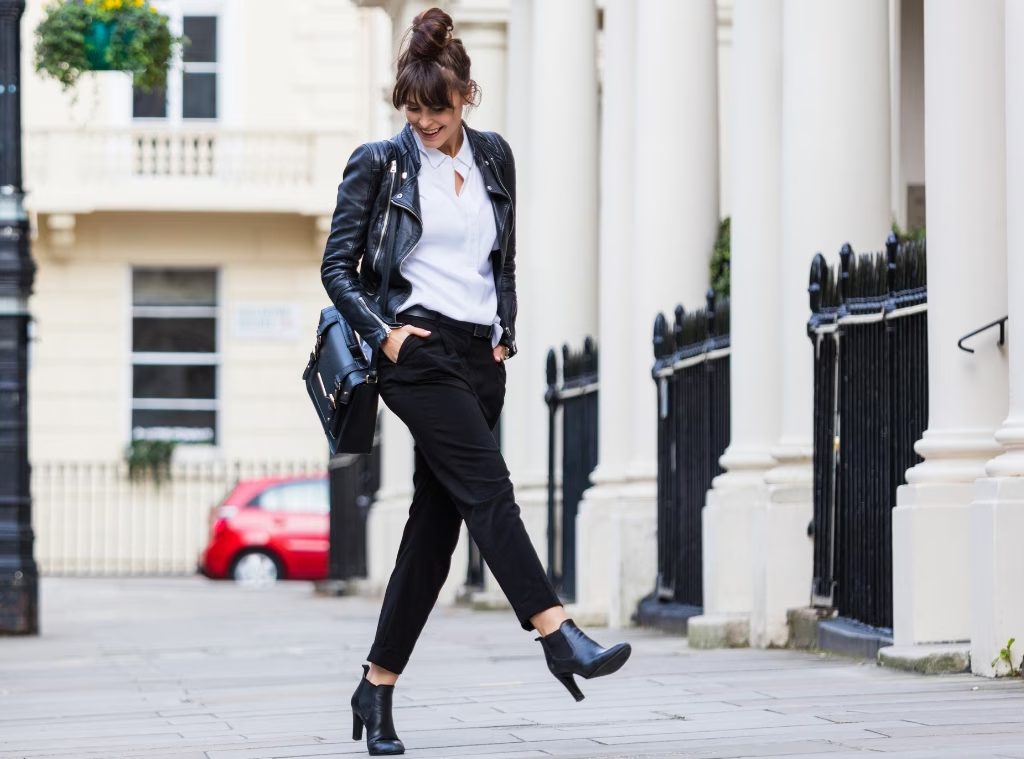The Influence of Fashion on Confidence and Mood

The Influence of Fashion on Confidence and Mood
Fashion is often seen as a way to express personal style and keep up with trends. However, beyond aesthetics, our clothing choices have a profound impact on our emotional well-being and self-confidence. Understanding the psychology behind fashion reveals how what we wear can shape our mood and perception of ourselves.
The Connection Between Clothing and Mood
Colors have a significant psychological effect, influencing our emotions and behaviors. For instance, wearing red can evoke feelings of passion and energy, while blue tends to have a calming effect. Incorporating colors that resonate with our current emotional state or desired mood can be a powerful tool in managing daily challenges.

Color Psychology in Fashion
Colors play a crucial role in influencing our emotions and behaviors. Different hues can evoke varying psychological responses:
- Red: Often associated with energy and passion, wearing red can boost confidence and make one feel more assertive.
- Blue: Known for its calming effects, blue can promote feelings of tranquility and stability.
- Yellow: This bright color is linked to happiness and optimism, potentially uplifting one’s mood.
Understanding these associations allows individuals to choose clothing colors that align with their desired emotional state or the impression they wish to convey.
Enclothed Cognition: The Power of Clothing on Mental State
The concept of “enclothed cognition” suggests that the clothes we wear can influence our cognitive processes and self-perception. For example, donning formal attire may enhance feelings of authority and competence, leading to improved performance in professional settings. Conversely, casual wear might promote relaxation but could also diminish motivation.
Comfort and Self-Esteem
Comfortable clothing contributes to positive self-esteem. When we feel physically at ease, it allows us to focus on tasks without distraction, fostering a sense of well-being. On the other hand, ill-fitting or uncomfortable attire can lead to irritability and self-consciousness, negatively impacting our mood and confidence.
Dopamine Dressing: Wearing Happiness
The trend of “dopamine dressing” emphasizes choosing outfits that bring joy and boost mood. This approach involves wearing colors, patterns, or styles that elicit positive emotions, creating a feedback loop where feeling good leads to looking good, and vice versa. It’s a reminder that fashion can be a source of personal happiness and emotional upliftment.
Social Perception and Feedback
Our clothing choices not only affect how we see ourselves but also influence how others perceive and interact with us. Positive feedback from others based on our appearance can enhance self-esteem, while negative reactions might have the opposite effect. This dynamic highlights the role of fashion in social interactions and its impact on our emotional health.

Practical Tips for Harnessing Fashion’s Psychological Benefits
- Identify Personal Style: Explore different styles to discover what resonates with your personality and makes you feel confident.
- Prioritize Comfort: Choose clothing that fits well and feels comfortable to ensure ease and self-assurance.
- Experiment with Colors: Incorporate colors into your wardrobe that evoke positive emotions and align with how you want to feel.
- Dress for the Occasion: Select outfits appropriate for the setting to feel prepared and at ease.
- Reflect on Past Experiences: Notice how certain clothes have made you feel in the past to guide future fashion decisions.
Conclusion
Fashion is more than just clothing; it’s a powerful tool that can influence our mood, confidence, and overall mental well-being. By understanding the psychological effects of our attire, we can make intentional choices that enhance our emotional health and self-perception. Embracing fashion as a means of self-expression and emotional management allows us to navigate daily life with confidence and positivity.









